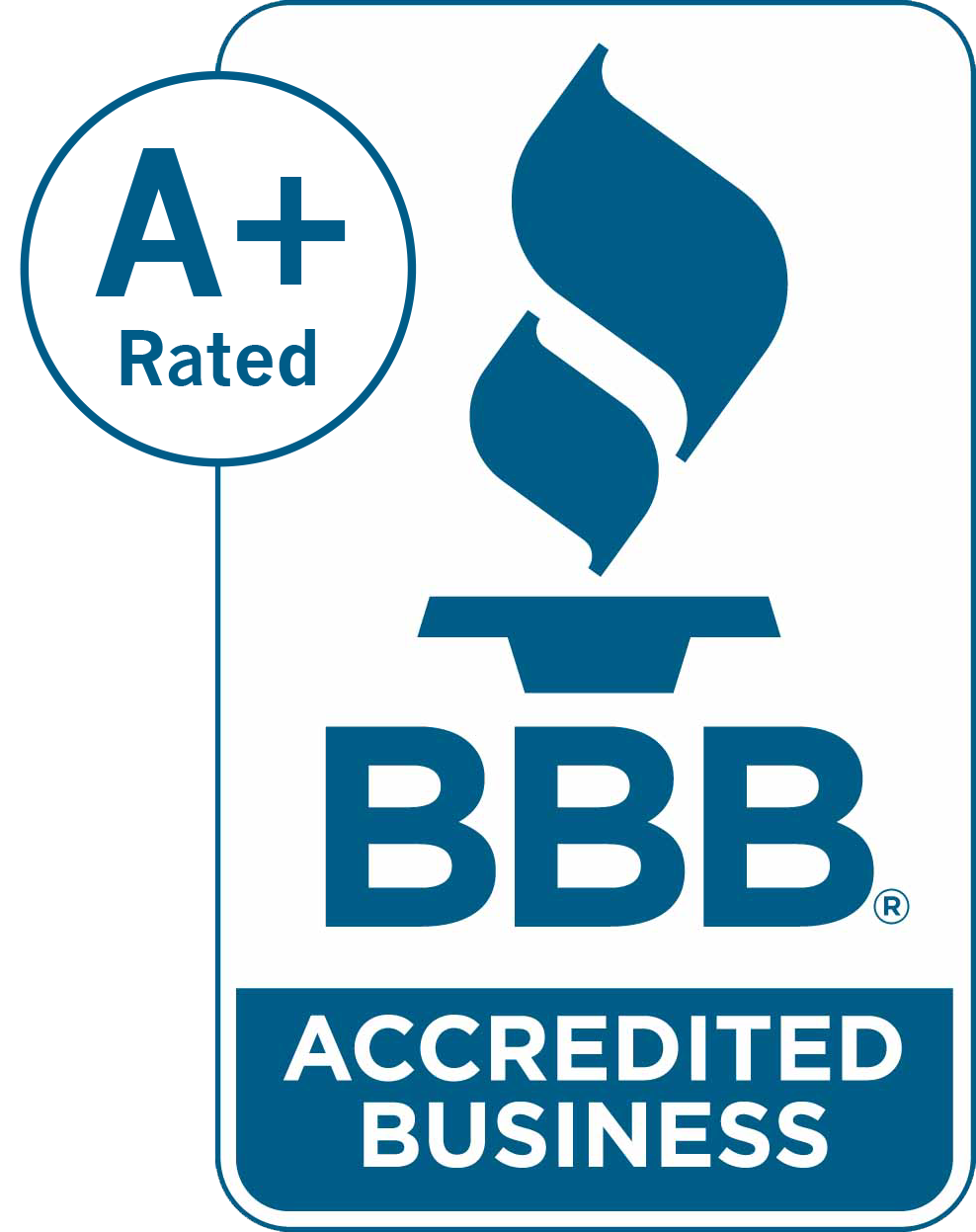Understanding Motion For Quash: Your Friendly Guide (2025)

Introduction to Legal Motions
A legal motion is a formal request made to a court to take a specific action in a case. Think of it as a way to ask the judge to decide on a particular issue before the main trial even begins. Motions can be filed by either party in a lawsuit and can cover a wide range of requests, such as quashing service of process, compelling discovery, or dismissing a complaint altogether.
In California, motions are governed by the California Code of Civil Procedure and the California Rules of Court. These rules outline the proper procedures and requirements for filing motions, ensuring that the legal process is fair and orderly. For example, a motion to quash can be used to challenge improper service of process. If the court finds that the service was indeed improper, it can result in the dismissal of the lawsuit, at least until the plaintiff serves the defendant properly.
Understanding the rules and procedures for filing motions is crucial in civil cases. It can significantly impact the outcome of a lawsuit, making it essential for parties to be well-informed and prepared.
What Is a Motion to Quash?

Hey there! If you’ve found yourself wondering what a “motion to quash” is, you’re not alone. In simple terms, a motion to quash is a formal request asking a judge to invalidate or cancel something in a legal proceeding.
The word “quash” literally means to reject or void something, and in the legal world, it’s a tool that can be used in several different situations. Most commonly, people file motions to quash when they believe:
- They weren’t properly served with legal papers
- A subpoena is improper or too burdensome
- Evidence was improperly obtained
The specific circumstances of each case can influence the decision to file a motion to quash, such as the manner in which service was attempted or the conduct of the process server.
Think of it as a way to say, “Wait a minute, judge! Something isn’t right about this legal procedure, and I’d like you to fix it.”
When Would I Need to File a Motion to Quash?

There are several situations where you might need to file a motion to quash, but the most common is when you believe you weren’t served properly with a summons and complaint. Let’s break down the main scenarios:
Improper Service of Process
If you’re named as a defendant in a lawsuit, you must be properly notified through a process called “service of process.” This usually means having the summons and complaint physically handed to you or, in some cases, left with an adult at your residence. If this didn’t happen correctly, you may have grounds to file a motion to quash service.
Examples of improper service include:
- Documents were left at the wrong address
- Papers were given to someone who doesn’t live with you
- Service was attempted by an unauthorized person
- The process server lied about serving you (sometimes called “sewer service”)
Service must be conducted by a non-party who is at least 18 years old to be considered valid.
Challenging a Subpoena
A subpoena is a legal document that orders someone to:
- Appear in court to testify
- Provide documents or other evidence
- Allow inspection of property
Essentially, a subpoena acts as a court order.
If you’ve received a subpoena that you believe is improper, too broad, or creates an undue burden, you can file a motion to quash the subpoena.
Contesting Improperly Obtained Evidence
In some cases, especially criminal proceedings, a motion to quash might be filed to challenge evidence that was obtained illegally or improperly.
How Does a Motion to Quash Work for Improper Service?
When you file a motion to quash service of process, you’re essentially telling the court, “I wasn’t properly notified about this lawsuit, so the court doesn’t have jurisdiction over me yet.”
Here’s how the process typically works:
- File Before Responding to the Case: It’s crucial to file your motion to quash before filing any other response to the lawsuit. In most states, if you file an answer or other response first, you waive your right to challenge service.
- Prepare Your Motion: The motion should clearly explain why you believe service was improper. This might include:
- Details about the manner in which service violated legal requirements
- Your physical location at the time service allegedly occurred
- Discrepancies in the process server’s description of events
- Include Supporting Evidence: Depending on your situation, you might include:
- Your own sworn affidavit
- Witness statements
- Video evidence (like doorbell camera footage)
- Employment records showing you were elsewhere
- Photo ID if the physical description doesn’t match you
- File with the Court: Submit your motion according to local court rules, paying any required filing fees.
- Serve the Other Party: Make sure the plaintiff or their attorney receives a copy of your motion.
- Attend the Hearing: The court will schedule a hearing where both sides can present their arguments.
What Happens After Filing a Motion to Quash?
After you file your motion to quash service, several things can happen:
- The court may grant the motion, which means the service of the summons and complaint is deemed invalid, and the plaintiff will have to serve you again properly.
- The court may deny the motion, which means the service is considered valid, and the case will proceed.
- The court may schedule a hearing to decide on the motion.
The court will set a hearing date to decide on the motion, and both parties will need to prepare their arguments for that date.
If the Court Grants Your Motion
If the judge agrees that service was improper, they will “quash” (invalidate) the service. This doesn’t mean the case goes away permanently! It simply means:
- The plaintiff will need to serve you properly before the case can proceed
- You get a fresh timeline to respond once you’re properly served
- You may be entitled to legal costs in some jurisdictions
If the Court Denies Your Motion
If the judge’s ruling is that service was proper:
- The case will continue
- You’ll typically get a new deadline to file your answer or other response
- You’ll need to defend the case on its merits
Other Side’s Response
Once a motion is filed, the other side gets a chance to respond. This response is a critical part of the process, as it allows the opposing party to present their side of the story. The response should be filed with the court and served on the moving party, ensuring that everyone involved is kept in the loop.
In the response, the other side will address the grounds for the motion and provide any supporting evidence or arguments to counter it. They might include affidavits, documents, or other evidence to bolster their position. In California, the response must be filed within a specific timeframe, typically 10 to 15 days after the motion is filed. This tight deadline means that parties need to act quickly and efficiently.
Understanding the rules and procedures for responding to a motion is just as important as knowing how to file one. A well-prepared response can make a significant difference in how the court views the motion and ultimately decides the case.
Cross-Complaints and Related Issues
While we’re discussing motions to quash, it’s worth mentioning cross-complaints, which sometimes come up in the same cases.
A cross-complaint is when a defendant sues the plaintiff back or brings other parties into the lawsuit. For example, if someone sues you for a car accident, but you believe they were actually at fault, you might file a cross-complaint against them. When filing a cross-complaint, it is important to properly serve the cross-defendant to ensure they are formally notified of the lawsuit.
Important things to know about cross-complaints:
- They generally should be filed before or with your Answer
- You typically have 30 days to respond if someone files a cross-complaint against you
- If you learn about potential cross-claims later, you may need to ask the court for permission to file
Practical Tips for Filing a Motion to Quash
If you’re considering filing a motion to quash, here are some practical tips:
- Act Quickly: Timing is critical. In most jurisdictions, you have limited time to file your motion after becoming aware of the lawsuit.
- Document Everything: Keep detailed records of when and how you became aware of the lawsuit.
- Gather Evidence: Collect any evidence that supports your claim of improper service, such as:
- Security camera footage
- Witness statements
- Work records showing you were elsewhere
- Records of your actual address if served at the wrong location
- Consider Whether It’s Worth It: Sometimes, even if service was technically improper, it might be more practical to simply respond to the lawsuit rather than challenge service, especially if:
- You have strong defenses on the merits
- The plaintiff can easily re-serve you properly
- The statute of limitations hasn’t expired
- Follow Local Rules: Court procedures vary by jurisdiction, so be sure to check your local court rules about formatting, filing deadlines, and hearing procedures.
- Many courts now require motions to be filed electronically. Check the specific requirements for e-filing in your jurisdiction to ensure timely and proper submission.
Frequently Asked Questions About Motions to Quash
Can I file a motion to quash if I already knew about the lawsuit?
Yes, you can still file a motion to quash if you knew about the lawsuit but weren’t properly served. The legal requirement for proper service exists regardless of your actual knowledge of the case. However, some courts may be less sympathetic if you clearly had actual notice of the lawsuit. Claiming improper service is still valid even if you had actual notice of the lawsuit.
If I win my motion to quash, does the lawsuit go away?
No, winning a motion to quash typically just means the plaintiff needs to serve you properly before the matter can proceed. The case itself doesn’t disappear unless the plaintiff fails to re-serve you properly within the applicable time limits or statute of limitations.
Will I have to pay filing fees to file a motion to quash?
Yes, in most courts, you’ll need to pay a filing fee when submitting your motion to quash. The amount varies by jurisdiction. If you can’t afford the fee, you may be able to apply for a fee waiver based on financial hardship. If you are served with a petition instead of a summons and complaint, different response guidelines may apply.
Can I file a motion to quash myself, or do I need a lawyer?
While you can file a motion to quash without a lawyer (pro se), it’s often beneficial to at least consult with an attorney because:
- Procedural rules are complex and vary by jurisdiction
- Timing is critical in these matters
- The specific arguments that work best depend on your situation
- Making mistakes could waive important rights
A lawyer can file the motion on your behalf, ensuring that all procedural requirements are met.
What if I was served by publication but never saw the notice?
Service by publication (publishing notice in a newspaper) is generally only allowed after the plaintiff has made diligent efforts to locate you and received court permission. If you believe the plaintiff didn’t make reasonable efforts to find you before publishing notice, you may have grounds for a motion to quash. If you believe you were improperly sued through service by publication, you may have grounds to file a motion to quash.
Can I file a motion to quash electronically?
Many courts now allow electronic filing of motions and other documents. Check your local court’s website or call the clerk’s office to learn about e-filing options in your jurisdiction.
What information should I include in my motion to quash?
A thorough motion to quash service typically includes:
- Your case information (case number, names of parties)
- A clear statement that you’re challenging service of process
- Specific facts showing why service was improper
- Reference to relevant laws or court rules
- A request for the relief you’re seeking (quashing service)
- Your signature and contact information
- Any supporting documentation or affidavits
If I lose my motion to quash, can I appeal?
In most jurisdictions, you would need to wait until the end of the case to appeal a denied motion to quash. However, some states allow interlocutory appeals (appeals during the case) for certain jurisdictional issues. Consult with an attorney about appeal options in your specific situation.
Special Situations: Subpoenas and Evidence
While we’ve focused mostly on motions to quash service of process, remember that motions to quash can also be used in other contexts:
If direct service is not possible, substituted service may be used, but it must meet specific legal requirements to be valid.
Quashing a Subpoena
Reasons to quash a subpoena might include:
- The subpoena wasn’t properly served
- Compliance would be unduly burdensome or expensive
- The information sought is privileged or protected
- The subpoena was issued from the wrong court
- The time given to comply is unreasonably short
Quashing Improperly Obtained Evidence
In criminal cases, evidence obtained through illegal searches or other improper means might be challenged through a motion to quash (though this is more commonly called a motion to suppress in many jurisdictions).
Legal Help
Navigating the legal system can be daunting, especially when dealing with motions and other procedural matters. That’s why seeking legal help can be incredibly beneficial. An experienced attorney can provide valuable guidance, ensuring that you understand your rights and options.
Consulting with a lawyer can help you:
- Understand the specific rules and procedures in your jurisdiction
- Prepare and file motions correctly
- Respond effectively to motions filed by the other side
- Avoid common pitfalls that could jeopardize your case
If you’re worried about the cost, there are resources available to help you find affordable legal assistance. Many local bar associations offer referral services, and some organizations provide free or low-cost legal help to those who qualify.
Remember, the legal process is complex, but you don’t have to navigate it alone. Seeking professional legal help can make a
Conclusion: Understanding Your Rights
Knowing when and how to file a motion to quash is an important part of protecting your legal rights. Whether you’re challenging improper service, an unreasonable subpoena, or improperly obtained evidence, this legal tool exists to ensure fair play in the legal system.
Remember, each court system has its own specific procedures and requirements, so it’s always a good idea to:
- Check your local court rules
- Consider consulting with an attorney, even briefly
- Act promptly when you become aware of potential issues
The legal system can be complex, but understanding tools like the motion to quash can help you navigate it more effectively and ensure your right to proper legal process is protected.
Note: This guide provides general information and is not legal advice. Laws and procedures vary by jurisdiction. Always consult with a qualified attorney about your specific situation.
Related Terms: court document, California courts, defendant thinks, motion asks, quash asks, agreement













